White cypress is a highly durable Australian softwood timber species. It is readily available throughout Australia.
Australian Cypress, White Cypress Pine, Murray Pine, Western Cypress, Northern Cypress Pine, Callitris Glauca, Callitris Columellaris, Callitris Hugelii
Callitris glaucophylla
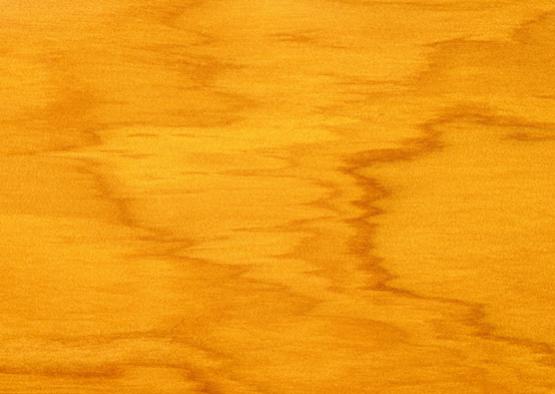
White cypress is a softwood timber species growing to a height of up to 25 metres and a stem diameter of 0.6 metres. It is commonly found throughout Victoria, western New South Wales and central western Queensland.
In contrast to a creamy-white band of sapwood, the heartwood of this species ranges in colour from light yellow through orange to light brown, with occasional dark brown streaks. Grain is generally straight with a very fine and even texture. The presence of numerous tight knots is a distinctive feature that produces a strikingly decorative figure on exposed faces.
Natural resins in the wood impart a distinctive odour to white cypress and are believed to contribute to the timber's impressive natural durability. Heartwood is resistant to termites. Life expectancy for above ground applications is greater than 40 years and up to 25 years in-ground. Both the sapwood and the heartwood of this species resist impregnation with commercially available preservatives.
In terms of hardness, white cypress is a firm timber (rated 4 on a 6-class scale in relation to both indentation and hand tooling). It can be satisfactorily machined and turned to a smooth finish. Pre-drilling is recommended for hand nailing seasoned timber, although machine nailing with shear-point nails works well. White cypress readily accepts most standard coatings, stains and polishes. Special techniques, such as surface roughening, are required for gluing.
In its area of natural occurrence, white cypress is commonly found as sawn timber (usually unseasoned) in framework and other aspects of general building construction. More widely, it is used as flooring, cladding and fencing material. Decorative uses of white cypress include quality indoor and outdoor furniture, turnery, joinery, carving, parquetry and linings. Other common applications include oyster stakes and jetty piles in low-salinity environments, as well as beehives.
Shrinkage
| Very Low | Low | Medium | High | Very High | |
|---|---|---|---|---|---|

|

|
||||
Tangential : |
2.80%
|
||||
Radial : |
2.10%
|
||||
Unit Movement Tangential: |
0.28%
|
||||
Unit Movement Radial: |
0.23%
|
Strength Group

Very High |
High |
Reasonably High |
Medium High |
Medium |
Reasonably Low |
Low |
Very Low |
||
Unseasoned: |
S1 |
S2 |
S3 |
S4 |
S5 |
S6 |
S7 |
S8 |
|
|---|---|---|---|---|---|---|---|---|---|
 |
|||||||||
Seasoned: |
SD1 |
SD2 |
SD3 |
SD4 |
SD5 |
SD6 |
SD7 |
SD8 |
|
 |
Stress Grade

| Structural No. 1 |
Structural No. 2 |
Structural No. 3 |
Structural No. 4 |
Structural No. 5 |
|
Unseasoned: |
F11 |
F8 |
F7 |
F5 |
F4 |
Seasoned: |
F14 |
F11 |
F8 |
F7 |
F5 |
Density per Standard

Seasoned: |
700kg/m3
|
|---|---|
Unseasoned: |
850kg/m3
|
Joint Group

Very High |
High |
Reasonably High |
Medium |
Low |
Very Low |
|
Unseasoned: |
J1 |
J2 |
J3 |
J4 |
J5 |
J6 |
|---|---|---|---|---|---|---|
 |
||||||
Seasoned: |
JD1 |
JD2 |
JD3 |
JD4 |
JD5 |
JD6 |
 |
Colour

| White, yellow, pale straw to light brown | Pink to pink brown | Light to dark red | Brown, chocolate, mottled or streaky | |
 |
||||
Mechanical Properties
Modulus of Rupture - Unseasoned: |
71
|
|---|---|
Modulus of Rupture - Seasoned: |
79
|
Modulus of Elasticity - Unseasoned: |
7.7
|
Modulus of Elasticity - Seasoned: |
9.0
|
Maximum Crushing Strength - Unseasoned:  |
40
|
Maximum Crushing Strength - Seasoned: |
53
|
Impact - Unseasoned: |
9.7
|
Impact - Seasoned: |
5
|
Toughness - Unseasoned: |
Low - up to 15 Nm
|
Toughness - Seasoned: |
Low - up to 15 Nm
|
Hardness - Unseasoned: |
4.6
|
Hardness - Seasoned: |
6.1
|
Durability
| Low | Moderate | Reasonably High | High | |
| (0 - 5 yrs) | (5 - 15 yrs) | (15 - 25 yrs) | (more than 25 yrs) | |
In-Ground: |
 |
|||
| (0 - 7 yrs) | (7 - 15 yrs) | (15 - 40 yrs) | (More than 40 yrs) | |
Above ground: |
 |
|||
| (0 - 20 yrs, usually < 5) | (21 - 40 yrs) | (41 - 64 yrs) | (More than 60 yrs) | |
Marine Borer Resistance: |
 |
Lyctid Borer Susceptibility: |
Not Susceptible |
|---|---|
Lyctid Borer Susceptibility - Other: |
|
Termite Resistance: |
Resistant
|
Fire Properties
| 0 | 1 | 2 | 3 | 4 | 5 | 6 | 7 | 8 | 9 | 10 | |
EFH Spread-of-Flame Index: |
|||||||||||
EFH Smoke-Developed Index: |
Critical Radiance Flux - Lower: |
>2.2 and <4.5 |
|---|---|
Critical Radiance Flux - Higher: |
≥4.5 |
Smoke Development Rate: |
<750
|
| 1 - non-combustible | 2 - reasonably non-combustible | 3 - slightly combustible | 4 - combustible | |
Fire Properties Group |
Average Specific Extinction Area: |
<250
|
|---|---|
Bushfire Resistance: |
BAL 12.5 and 19 – Door and window joinery only
|
In contrast to a creamy-white band of sapwood, the heartwood of this species ranges in colour from light yellow through orange to light brown, with occasional dark brown streaks. Grain is generally straight with a very fine and even texture. The presence of numerous tight knots is a distinctive feature that produces a strikingly decorative figure on exposed faces.
In its area of natural occurrence, white cypress is commonly found as sawn timber (usually unseasoned) in framework and other aspects of general building construction. More widely, it is used as flooring, cladding and fencing material. Decorative uses of white cypress include quality indoor and outdoor furniture, turnery, joinery, carving, parquetry and linings. Other common applications include oyster stakes and jetty piles in low-salinity environments, as well as beehives.
In terms of hardness, white cypress is a firm timber (rated 4 on a 6-class scale in relation to both indentation and hand tooling). It can be satisfactorily machined and turned to a smooth finish. Pre-drilling is recommended for hand nailing seasoned timber, although machine nailing with shear-point nails works well. White Cypress readily accepts most standard coatings, stains and polishes. Special techniques, such as surface roughening, are required for gluing.
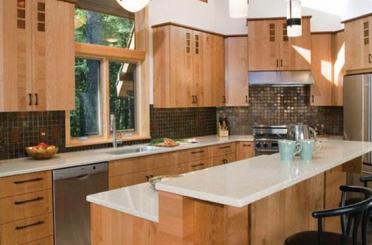
Joinery
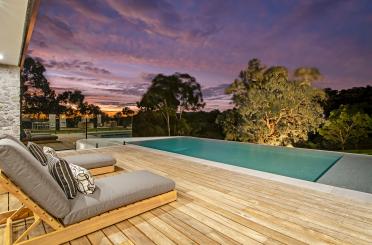
Decking
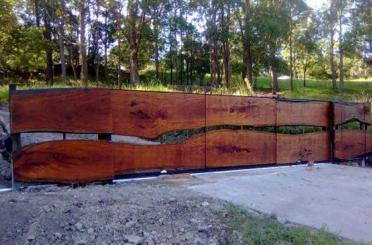
Fencing
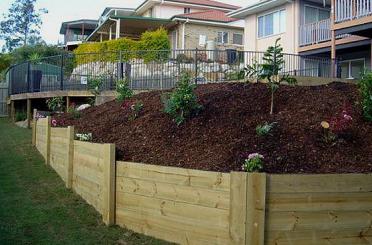
Retaining Walls (Landscaping)
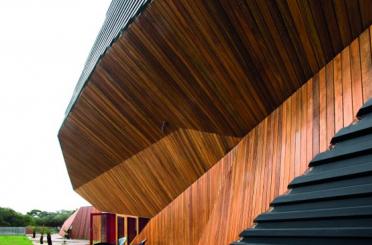
Cladding, External
Framing

Flooring
Allied Forest Products
Australian Timber

Dromana Discount Timber

Garde Timber Pty Ltd

George Fethers & Co.
Lemlex Joinery

Mathews Timber Pty Ltd

Matilda Veneer

Meyer Timber Pty. Ltd.

Outlast Timber Supplies

Ridgewood Timber Pty Ltd

Sawmill Trading Company

Simmonds

Tasman K.B Pty Ltd

Three(3)DM Pty Ltd

Timber Blitz Pty Ltd









